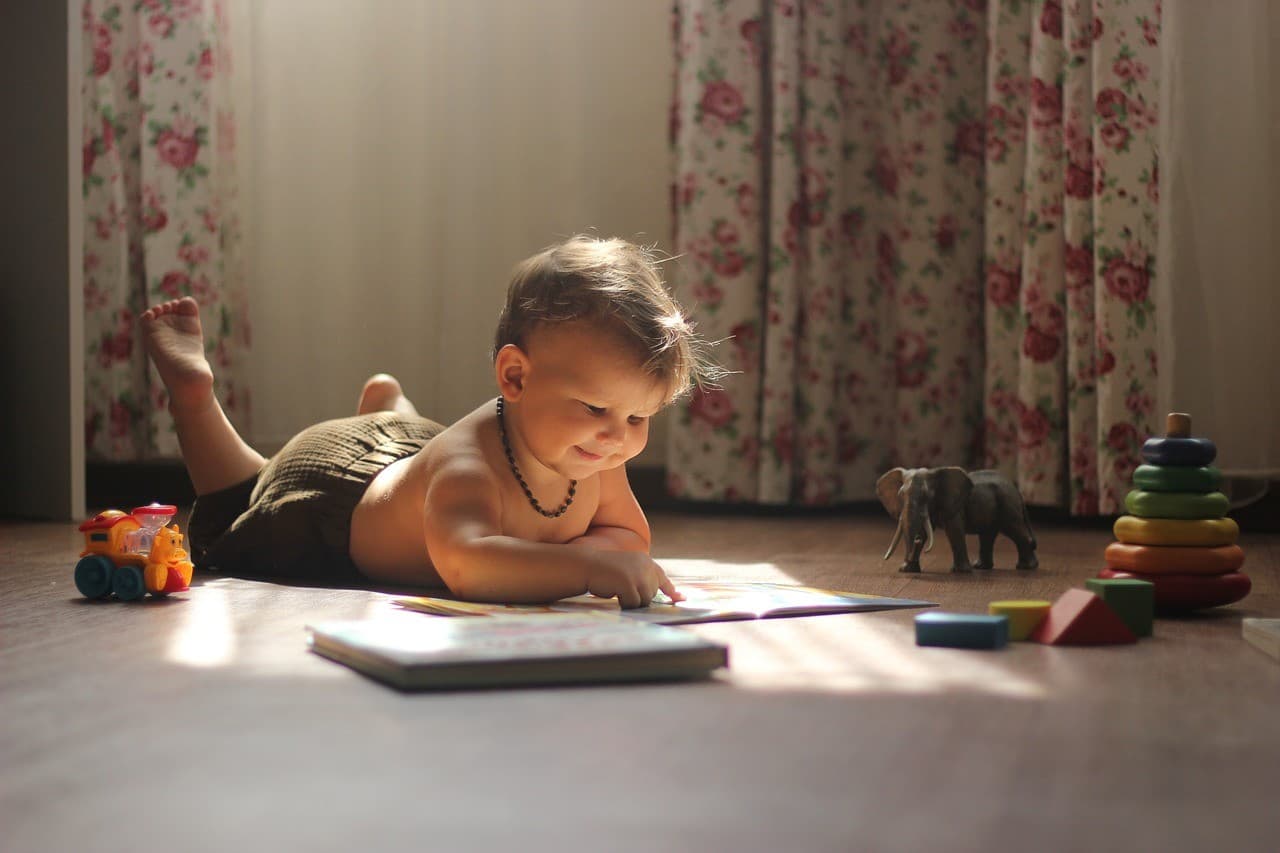Organization of the day with a child – balancing between play, learning, and rest

Planning the Day with Consideration for the Child's Needs
Every child is different, so the daily schedule should be flexibly adapted to their age and temperament. Toddlers with a greater need for movement may require more physical activity, while calmer children need more time to relax and unwind. Observing how the child reacts to various situations will help parents better understand what is best for them.
It is also important to consider the child’s natural rhythms, such as nap times or moments when they have the most energy. For example, it’s wise to plan the most demanding activities during times when the child is rested and full of energy. In contrast, during periods when the child is usually tired or sleepy, it’s better to focus on calm activities or rest time.
Through such observations and a flexible approach, the day with a child can unfold harmoniously, which promotes their development and well-being.
Play – Creativity and Movement
Play is the foundation of healthy child development, combining both freedom and organized forms of activity. Free play allows toddlers to express themselves, develop imagination and creativity, and experiment with their surroundings on their own terms. On the other hand, organized games, led by parents or caregivers, teach rules, cooperation, and develop specific skills.
A variety of games influences the development of many competencies: physical activities strengthen muscles and coordination, social games teach communication and empathy, while sensory play stimulates the senses and helps the child explore the world. Examples include obstacle courses, team games, building with blocks, painting, or games that involve guessing scents and textures.
Even at home, it’s easy to introduce elements of movement – short dances, simple gymnastics exercises, or games with a balloon or ball. It’s important that movement feels like fun rather than a duty, so that the child is more likely to engage in the activity and develop healthy habits.
Learning – Natural, Everyday Educational Situations
Learning doesn’t have to be associated only with books and formal lessons. The best results are achieved when learning becomes a natural part of everyday activities and play. Children learn through observation, imitation, and experimentation, so it’s worth utilizing everyday situations for this purpose. For example, while cleaning, you can count toys, recognize colors or shapes, and during walks, explore the diversity of nature – plants, animals, or changing weather.
It’s also worth introducing short, engaging educational activities tailored to the child's age. For the youngest, these could be simple tasks like sorting items by color or size, while older children can play little scientists by conducting simple experiments or learning new words in various fields.
With this approach, learning becomes a pleasure and a daily discovery of the world, building curiosity and a desire to explore new things in the child.
Rest and Regeneration
Rest is essential for proper development and the child’s well-being. Breaks between play and learning allow the child to regenerate energy, prevent fatigue, and help them concentrate better during the next activities. That’s why it’s important to plan moments of silence, calm, and relaxation during the day – these can include short naps, reading books, or simply quiet moments with a favorite toy.
Good sleep conditions are the foundation for healthy rest. Helpful rituals before sleep, such as a warm bath, reading a story, or cuddling with a parent, help the child relax more quickly and fall asleep easier. It’s also important that the sleep environment is calm, dark, and comfortable, promoting regeneration and high-quality sleep.
By ensuring the right balance between activity and rest, we support the child’s development and their daily energy for learning and play.
Practical Tips for Parents
Planning the day with a child requires flexibility and openness to changes. Even the best-prepared plan may need modification depending on the child’s mood, energy, or well-being. The ability to adapt to the situation is key to avoiding frustration for both the child and the parent.
It’s important to be prepared for unplanned changes – sometimes the child will be tired, irritable, or simply unwilling to engage in the next activity. In these moments, the best response is patience, support, and allowing the child to rest or engage in something that brings them joy at that moment.
However, the most important thing is spending quality time together and actively listening to the child's needs. This helps to build a strong bond, enhances the feeling of safety, and enables parents to better understand what is best for the child at a given moment.
See also:

